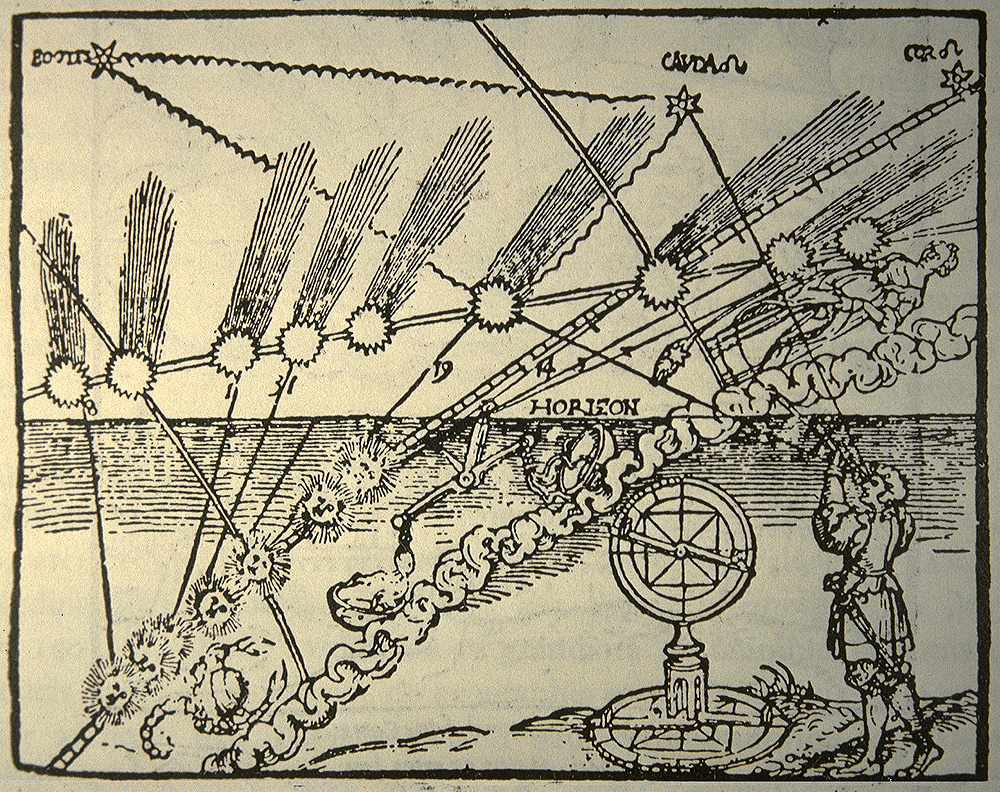
The Astronomical Revolution and
the Rise of Modern Science

Ancient Greek astronomy was founded by such pre-Socratic philosophers as Empedocles, Anaximander, and Anaximenes, developed brilliantly by Plato, Aristotle, and the mathematician Hypparchus, and reached its most systematic expression in the Almagest, written in the second century CE by the Alexandrian scientist, Ptolemy. The picture of the universe in Ptolemaic astronomy has the earth at the center, with the sun, moon, and and the known planets orbiting in circular paths around it. The so-called "fixed stars," which do not seem to wander like the planets, are embedded in an outer, rotating crystalline sphere. That outer celestial sphere is moved by being drawn to what Aristotle called the "First" or "Unmoved" Mover. The celestial sphere in turn communicates its motion to the sun, moon, and planets through an elaborate gear-like system of "epicycles," which accounts for the irregular planetary trajectories. Medieval Christianity inherited this picture of the universe from the ancient Greeks, identifying the Unmoved Mover with the God of the Old and New Testaments. The earth is at the center, since that is where the Garden of Eden is created, where Adam and Eve sin, and where Christ redeems a fallen humanity. Medieval Christianity even found a place for the angels in the region between the outer celestial sphere and the Divine Unmoved Mover of the Ptolemaic model. This is the conception of the universe that was overthrown by modern science. In the 16th century, Copernicus, Kepler, and Galileo demonstrated that the sun does not orbit the earth, but that the reverse is true: the sun is at the center and the earth rotates around it. By so doing, they expelled humankind from the center of the cosmos. They also forced us to recognize that ordinary observation is not sufficient for science, since, after all, the sun does indeed appear to circle the earth. As Galileo said, we must learn to read the book of nature in the language in which it is written, the purely mathematical language of circles, triangles, and squares. In the 17th century, Isaac Newton brought this new mathematical and scientific conception of the world to systematic expression in his masterwork, Mathematical Principles of Natural Philosophy. In it used calculus, his own invention, to secure the foundations of modern science by uncovering the fundamental equations, or laws, that govern the motion of matter, both on the earth and in the heavens. With Newton's achievement, modern science left philosophers with a new and extraordinarily difficult task: to find a meaningful place for humankind in a universe that appears to be operate according to purely mechanistic laws, and so to be indifferent to our existence. - G. Zabel
The Ancient and Medieval Conception of the Universe
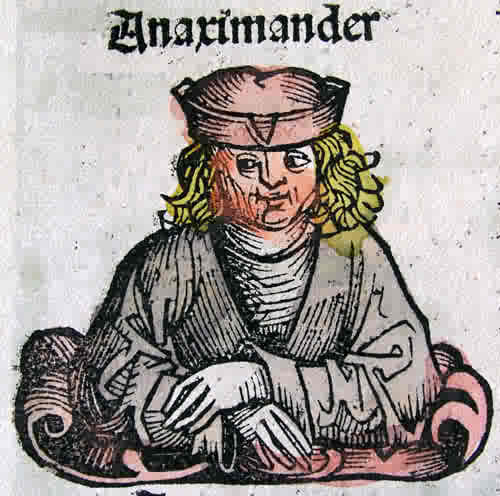
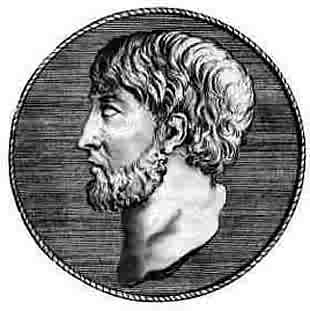
Anaximenes
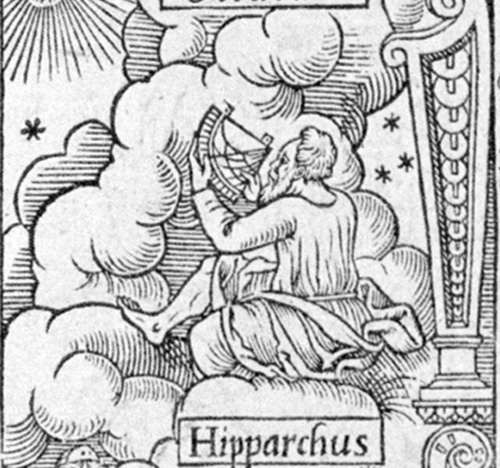
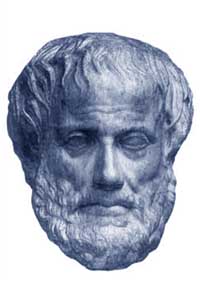
Aristotle
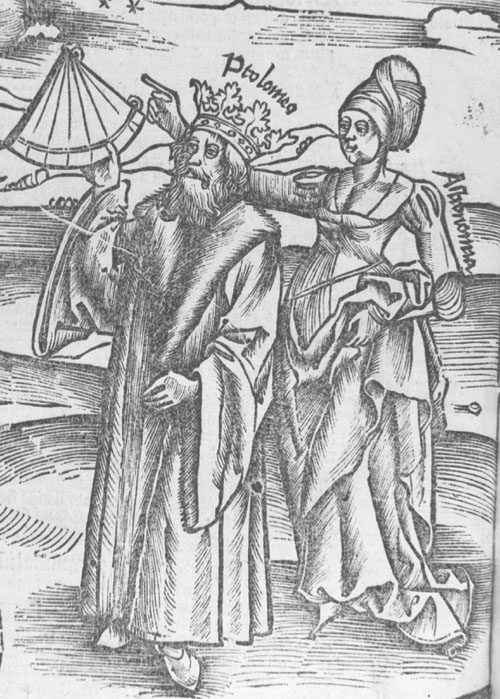

Ptolemy
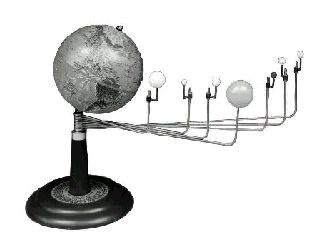
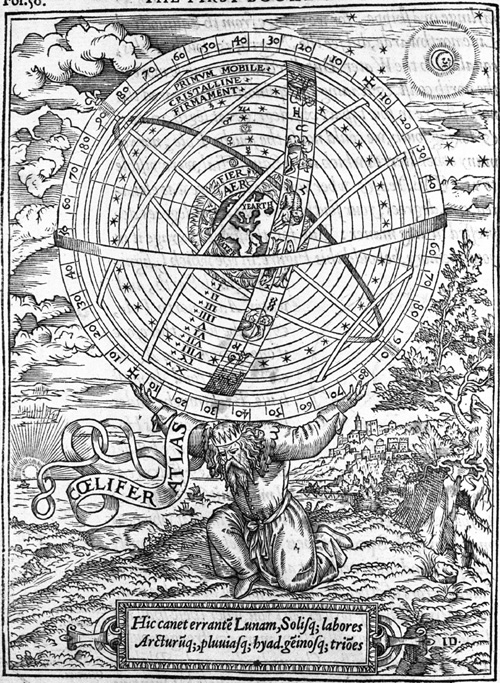
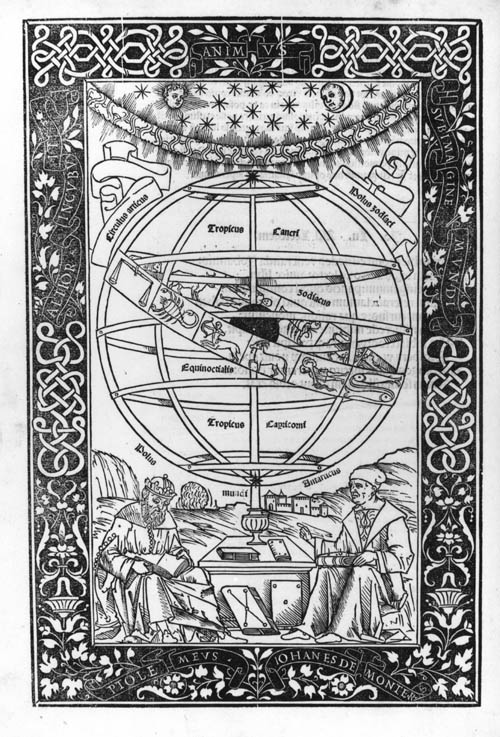

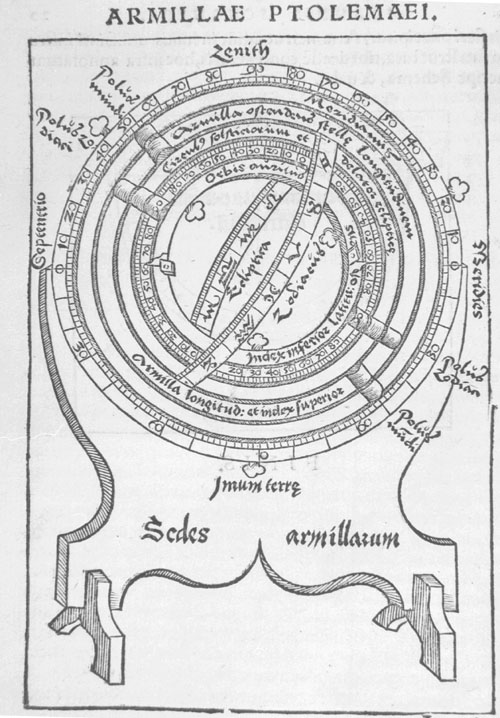
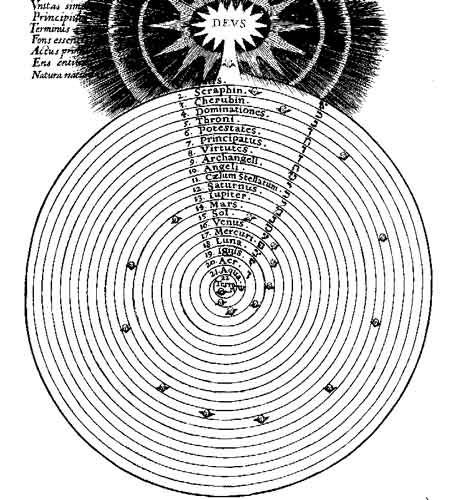
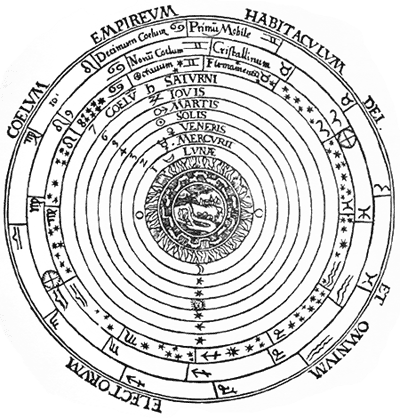
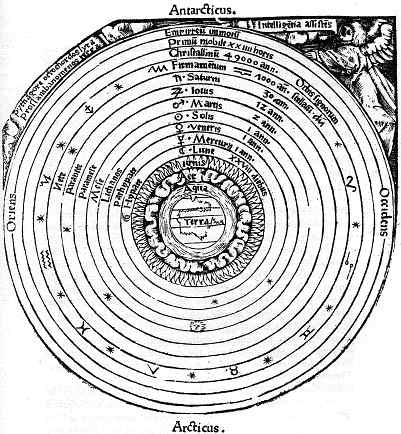
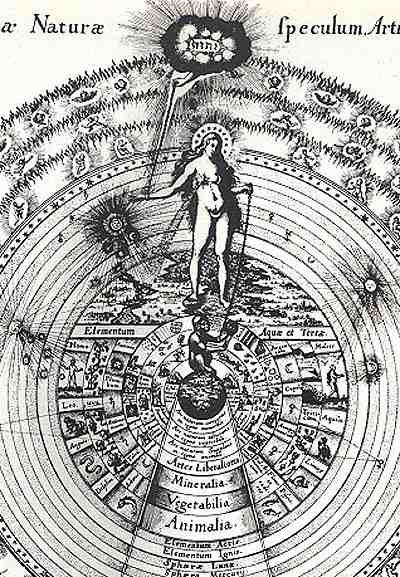
Images of the Ptolemaic universe
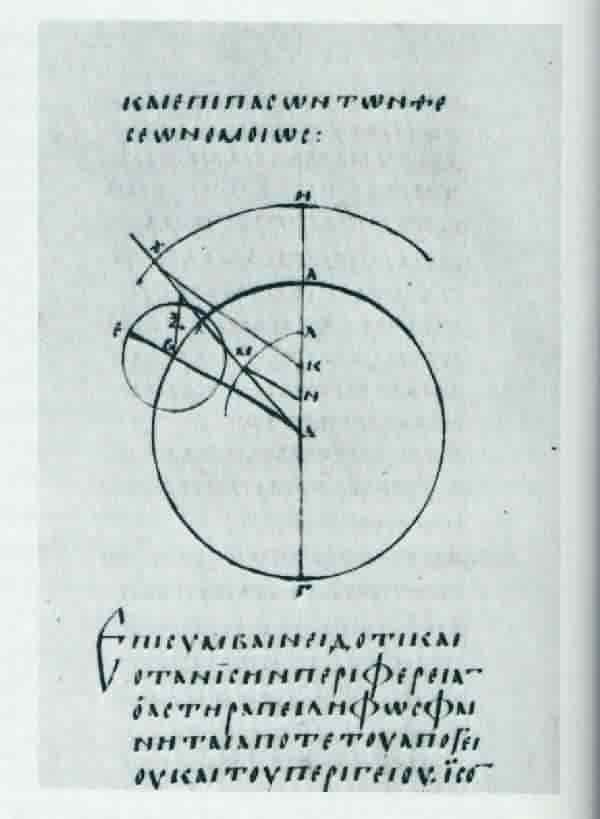
Attempt to explain planetary motion, from Ptolemy's Almagest
The Early Modern Picture of the Universe
Copernicus, and illustrations from his treatise, On Revolutions,
in which he advocated a heliocentric (sun-centered) view of the universe,
and ultimately overthrew the reigning Ptolemaic conception
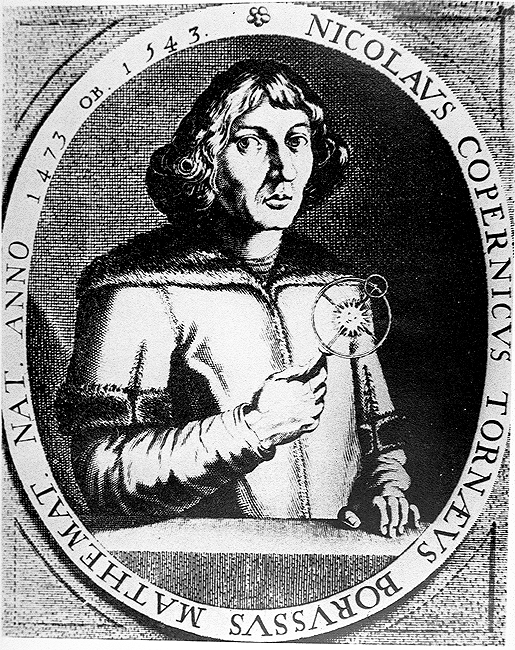

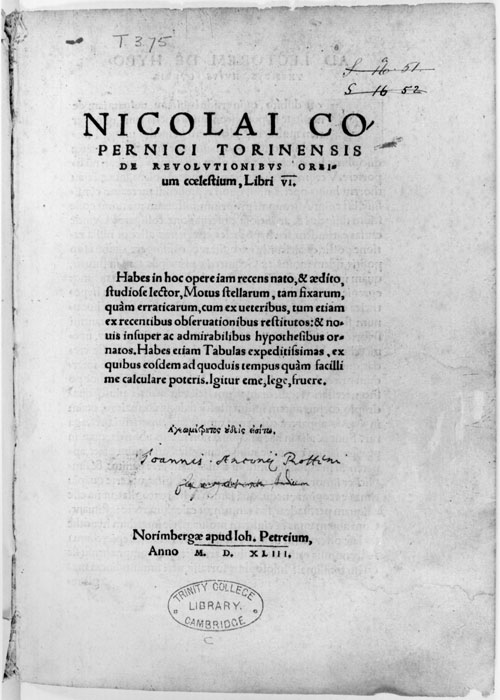
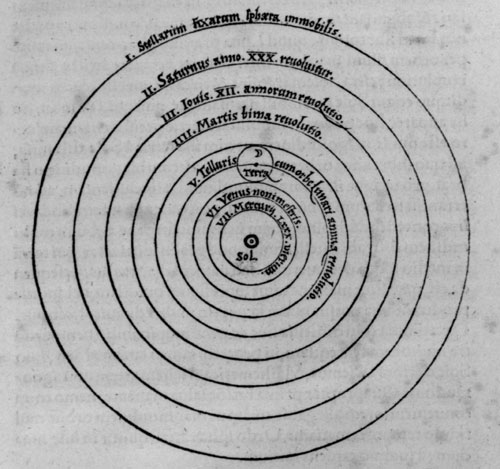
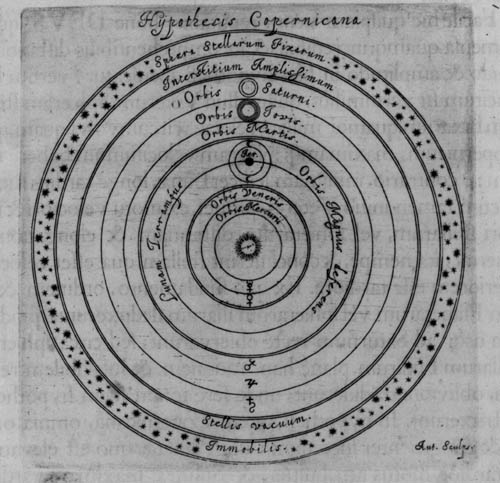
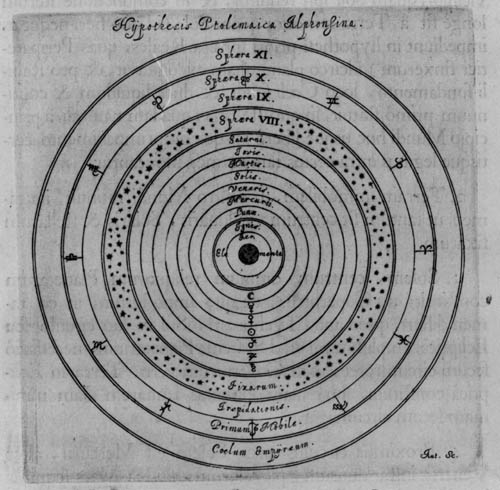
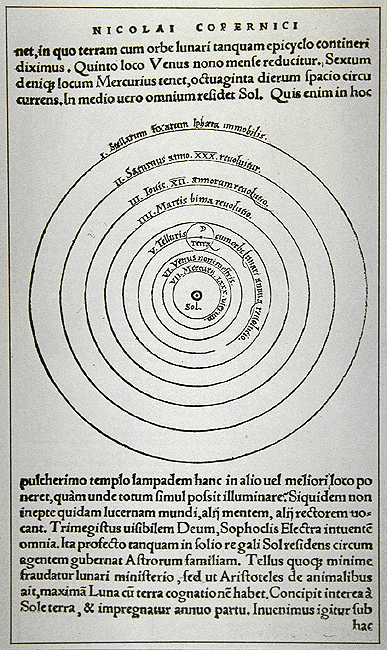
Tycho Brahe, Astonomer of the Holy Roman Empire, and advocate of a compromise between Ptolemy's and Copernicus' pictures of the cosmos
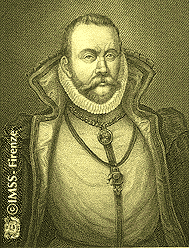
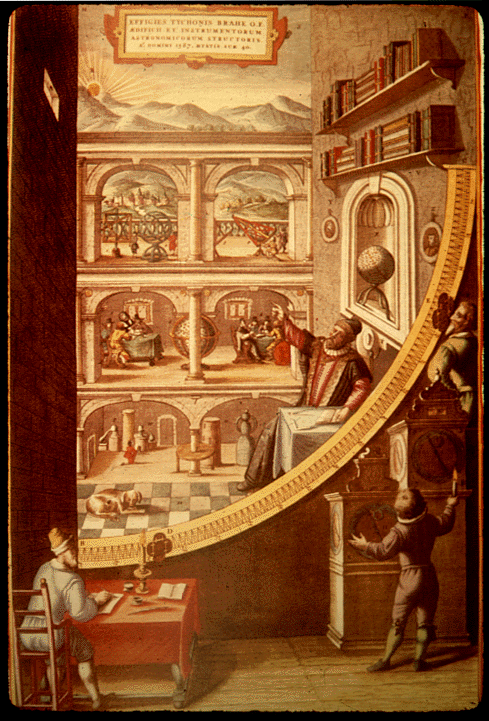

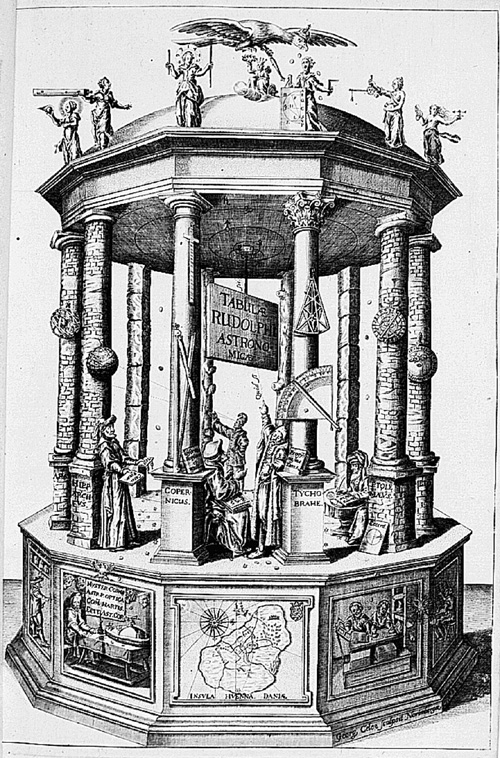
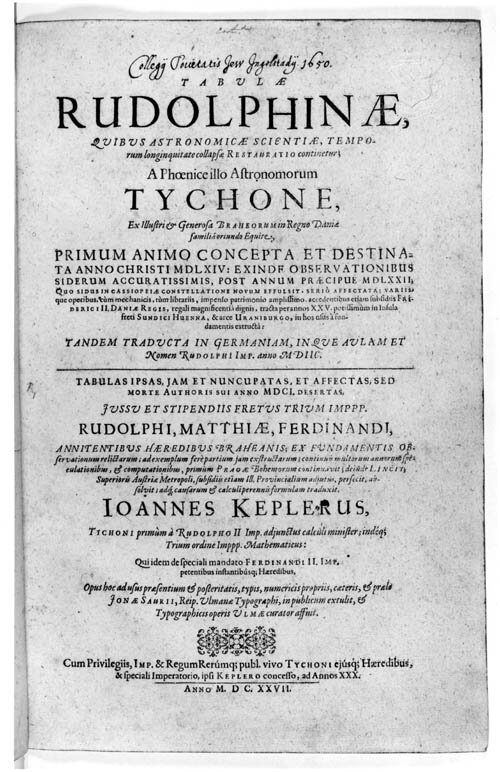
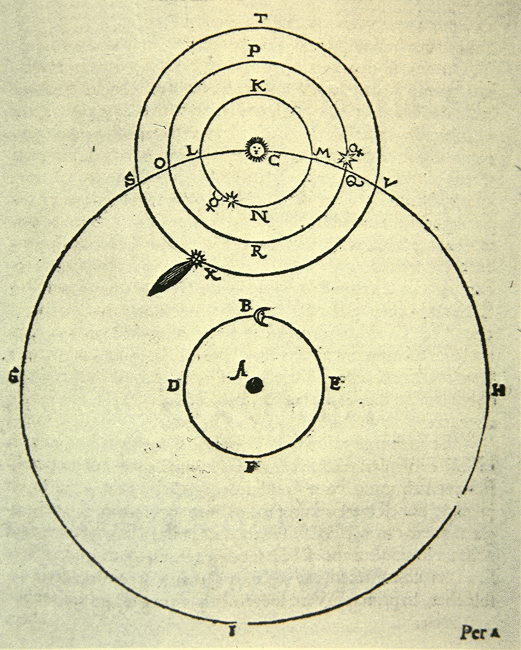
Brahe's compromise between Ptolemaic and Copernican astronomy
Johannes Kepler, mathematician, Imperial Astronomer, and advocate of Copernican cosmology
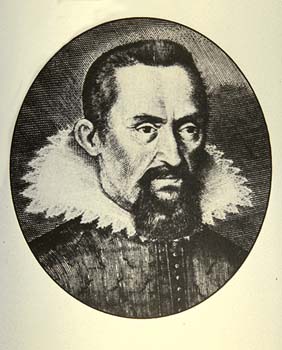
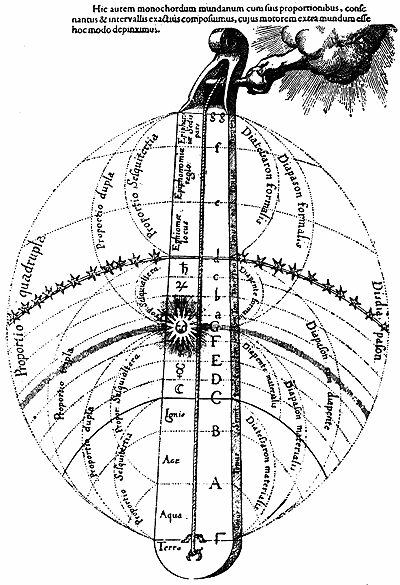
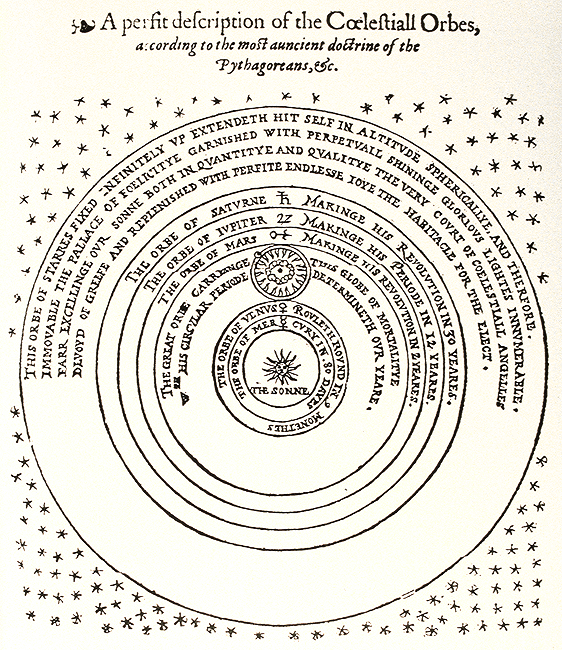
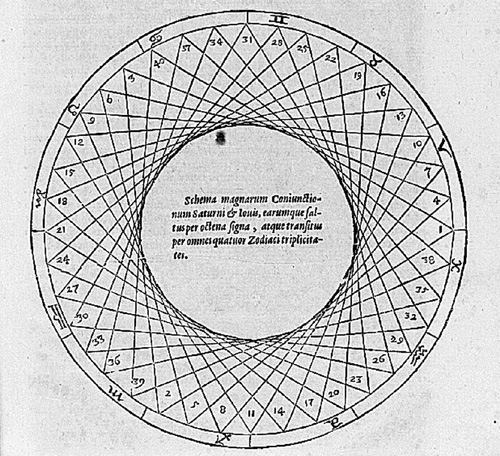
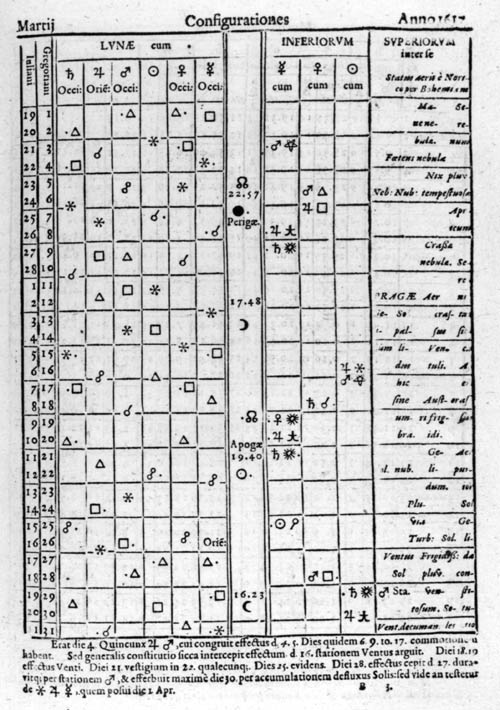
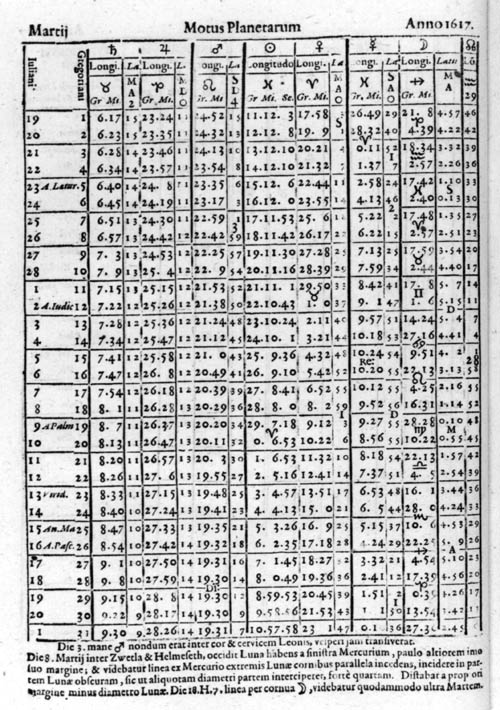

Astronomical tables compiled by Kepler, and used to demonstrate the validity of Copernicus' cosmological theory
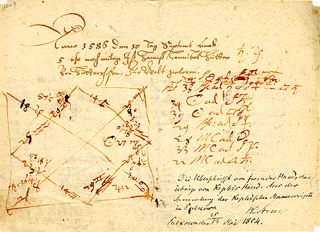
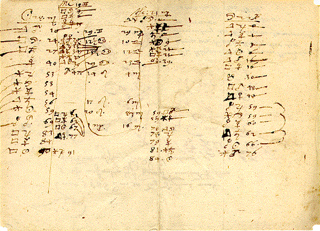

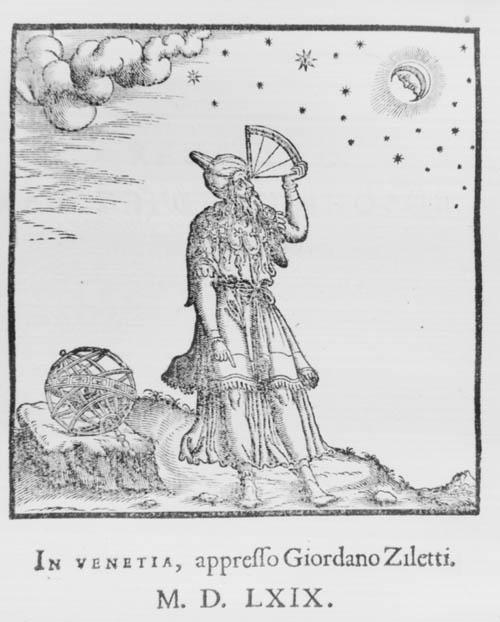
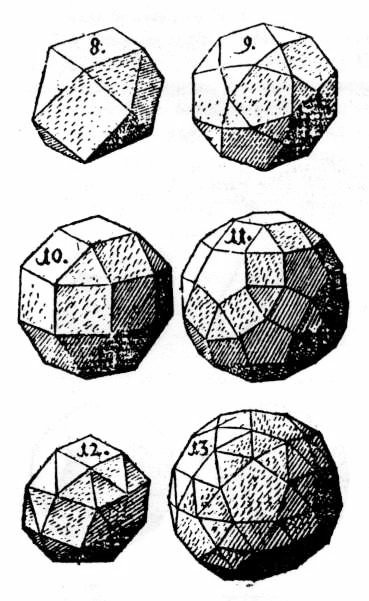

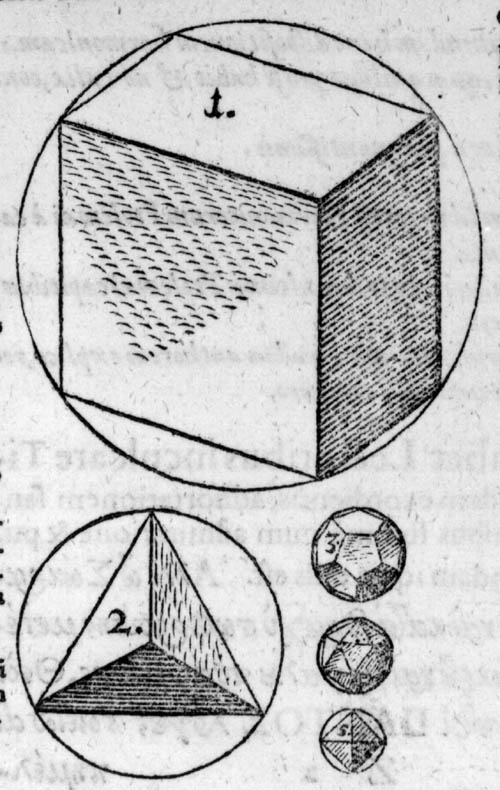
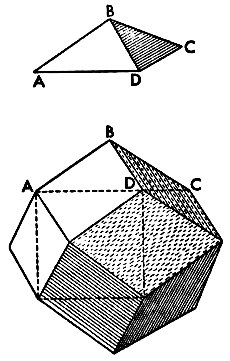

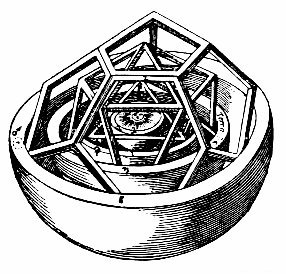
Kepler's use of Plato's five regular solids to account for the orbital paths of the planets around the sun
Giordano Bruno, advocate of Copernican astronomy and a conception of the universe as infinitely extended in space and time
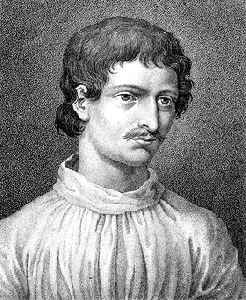

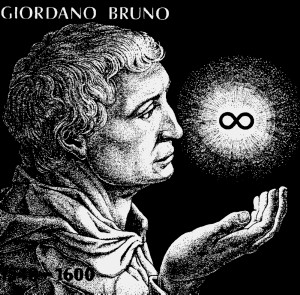
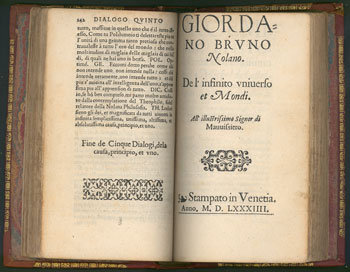
Bruno's treatise, On the Infinite Universe and Worlds
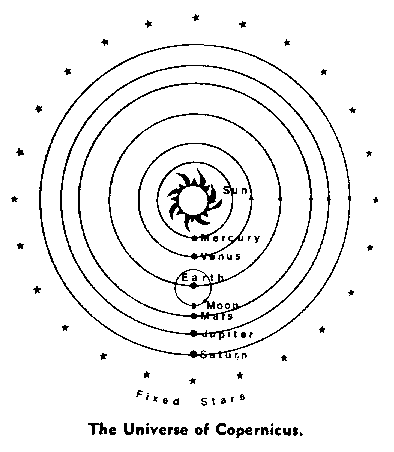
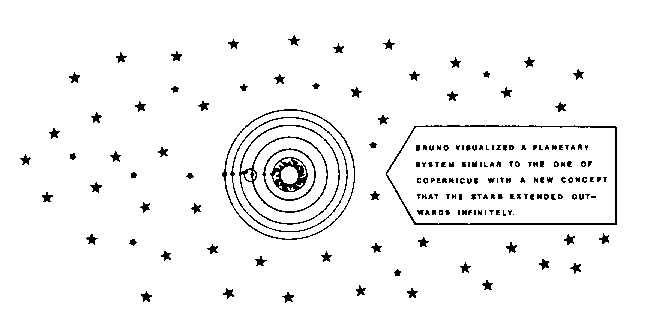
The infinity of the universe as understood on the basis of Copernican cosmology
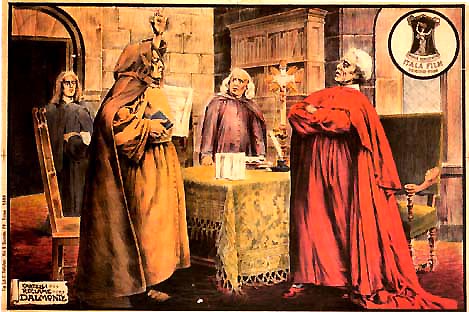
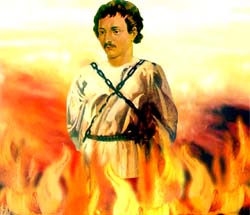

Bruno convicted of heresy by the Catholic Inquisition, and burned at the stake
Galileo, the founder of modern mathematical physics
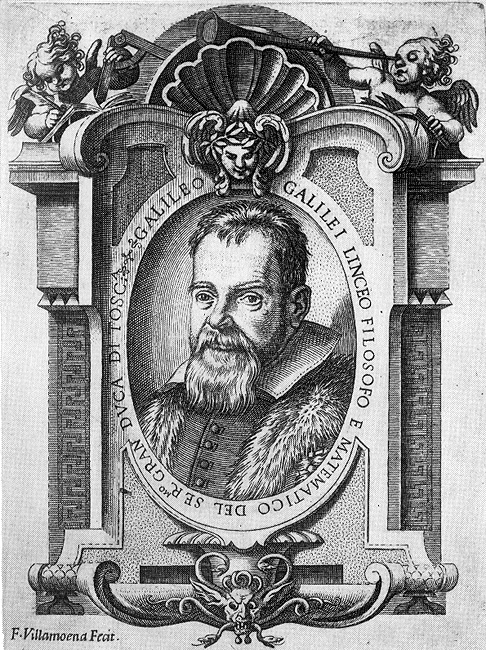
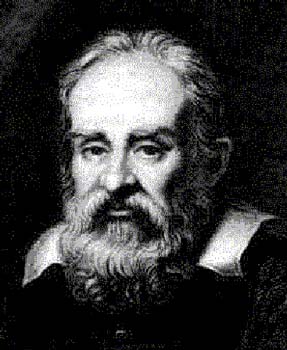
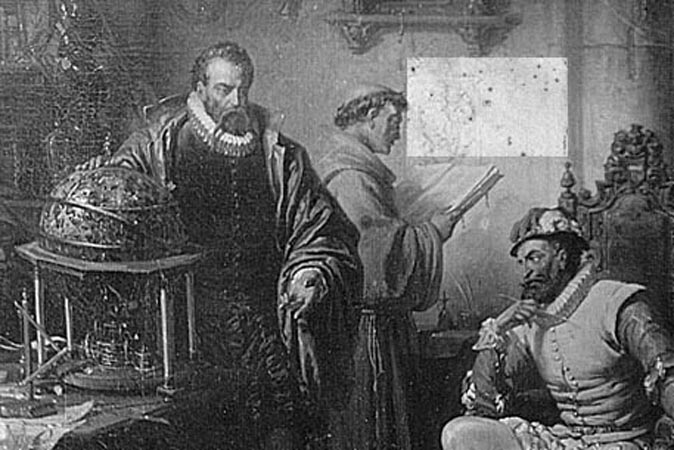
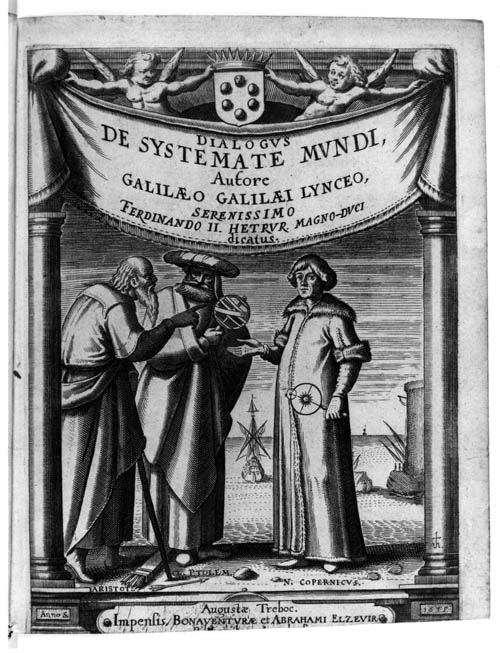
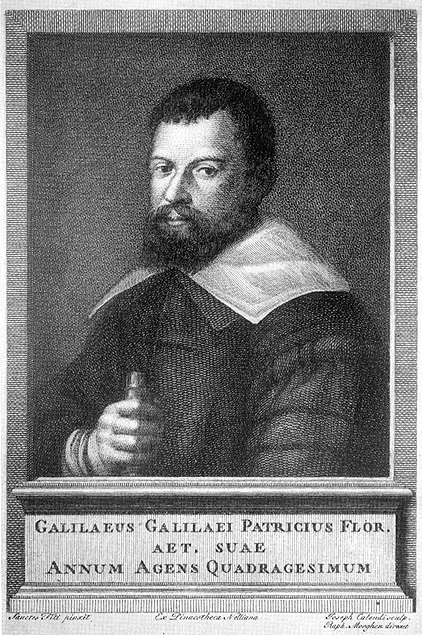

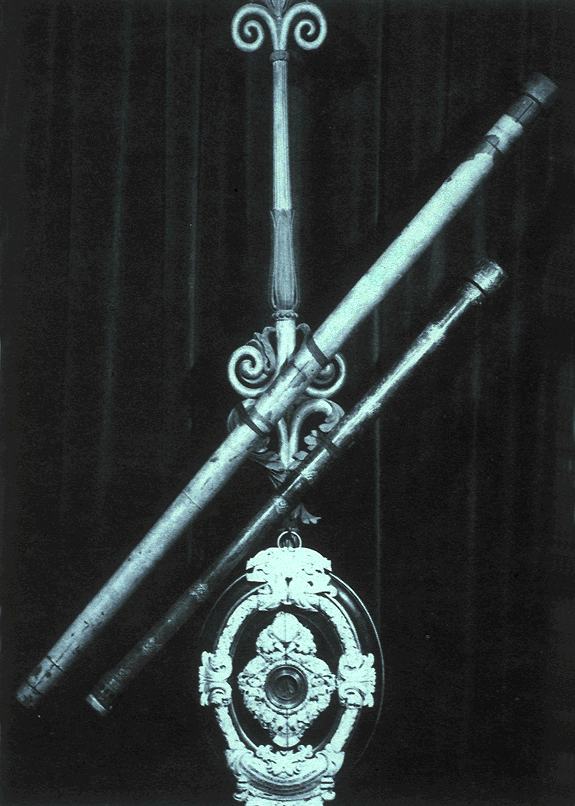
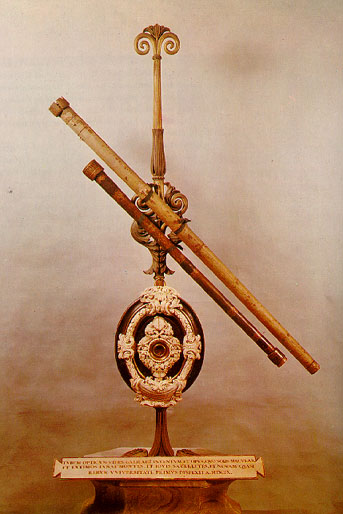
Galileo's telescope
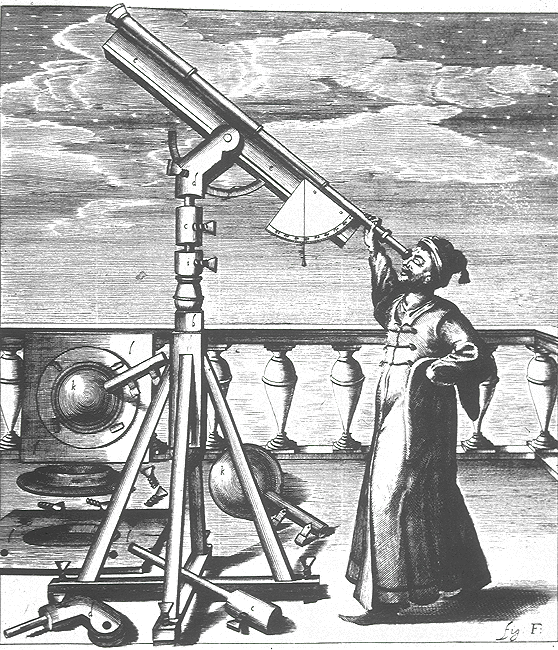
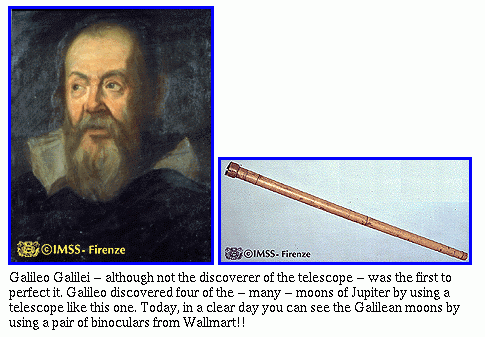
Though Galileo did not invent the telescope, he was the first to turn it to the sky, revolutionizing astronomy in the process
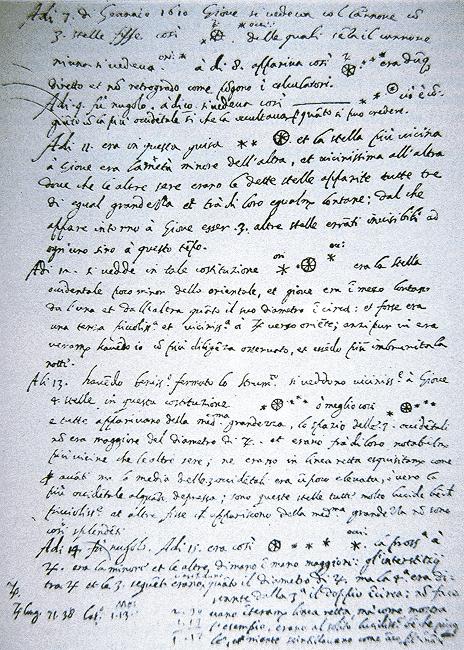
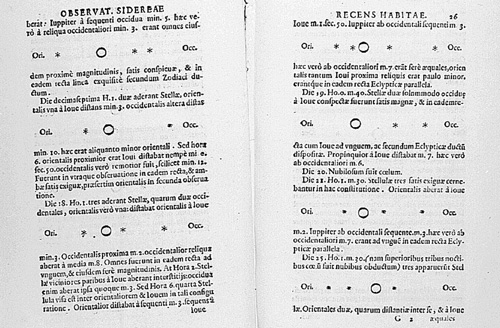
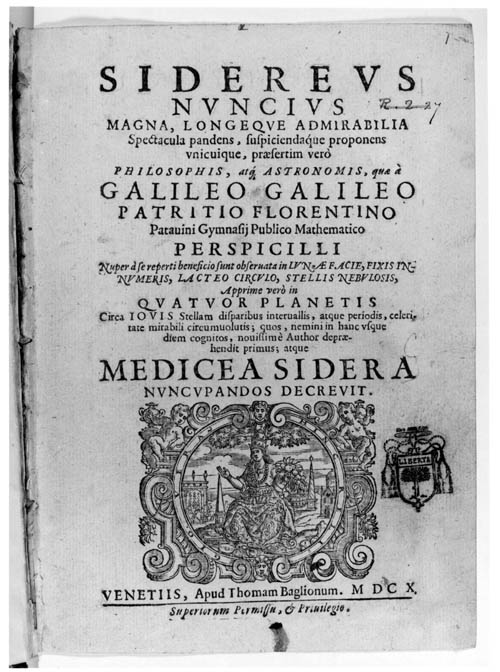

Galileo's treatise on the phases of the moon, and his sketch of the moon's surface based on observations through the telescope
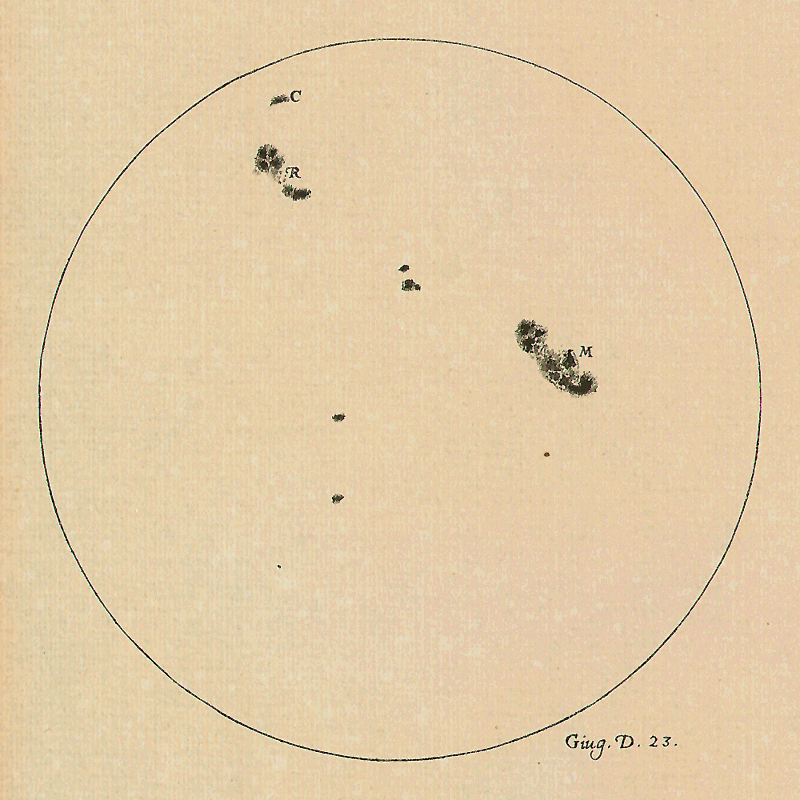
Galileo's drawing of sunspots. Along with his sketches of the moon, it demonstrates, contrary to Ptolemaic and medieval belief, that the heavenly bodies are "corruptible" material objects, and therefore the celestial world is as imperfect as the earthly one.
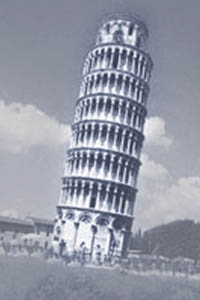
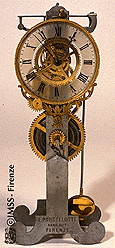
Galileo's experiments with gravity, involving such instruments as the pendulum and the leaning tower of Pizza, established the basis for Newton's later systematic laws of motion.
Galileo called before the Catholic Inquisition by Cardinal Bellarmine, on the orders of Pope Urban VIII. Unlike Giordano Bruno, Galileo saved his life by publicly renouncing the Copernican theory. He was permitted to live out the remainder of his life under the relatively mild conditions of house arrest.
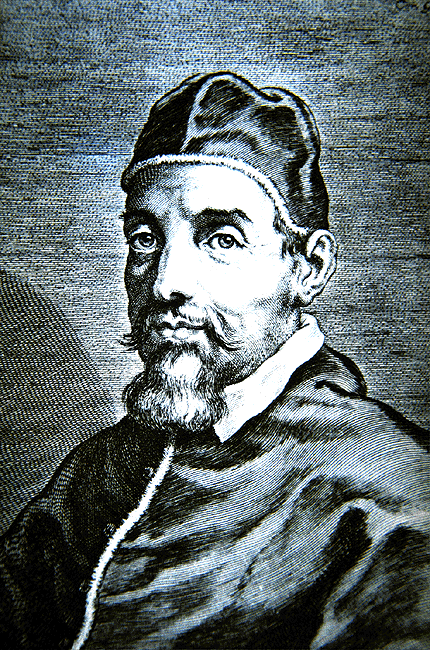
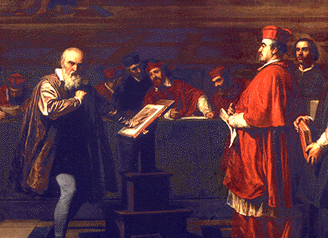
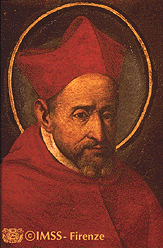

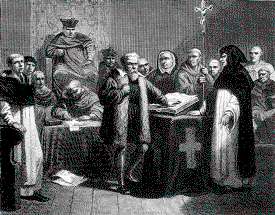
Isaac Newton, probably the most important scientist in history
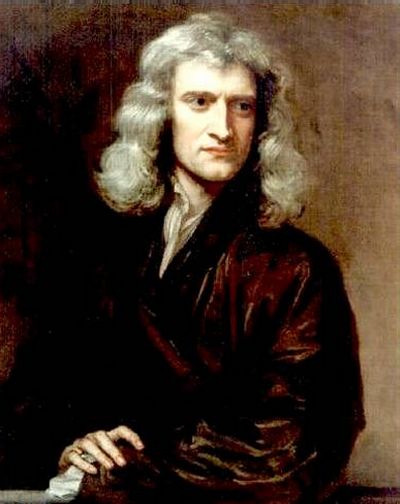
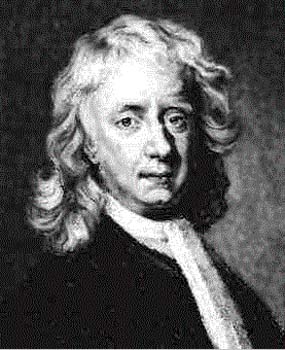
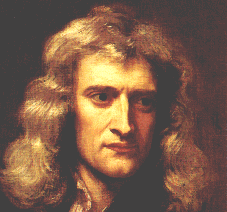

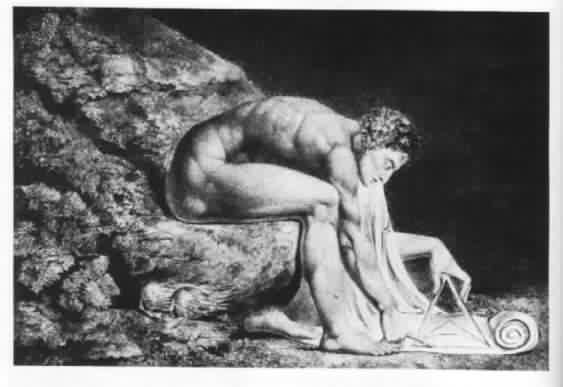
William Blake's allegorical painting of Newton

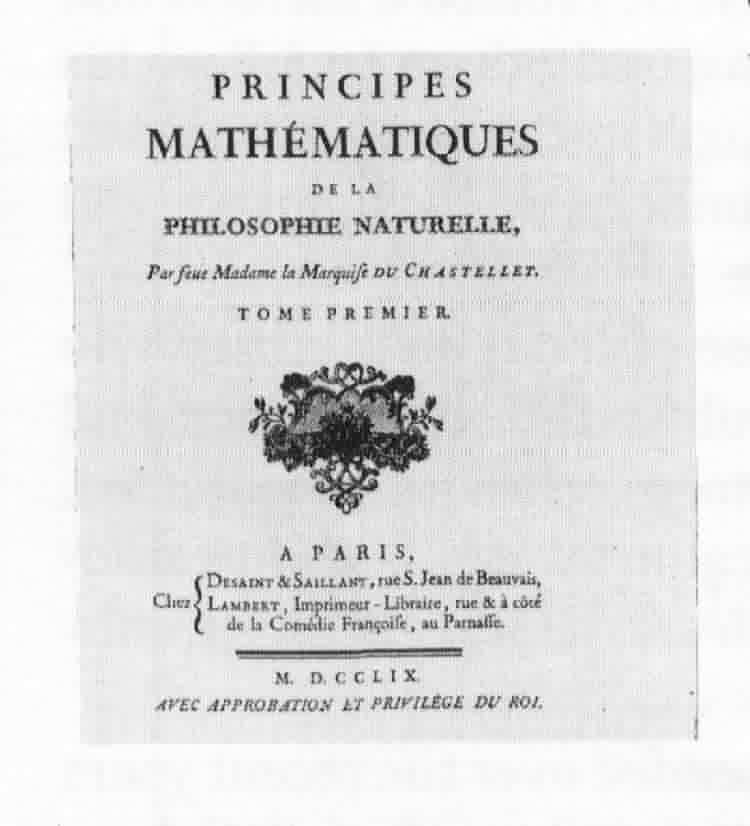
Newton's Masterwork: Mathematical Principles of Natural Philosophy

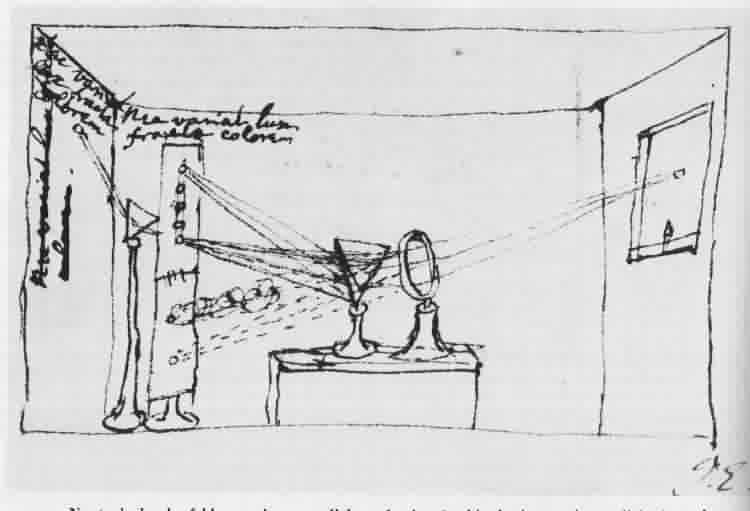
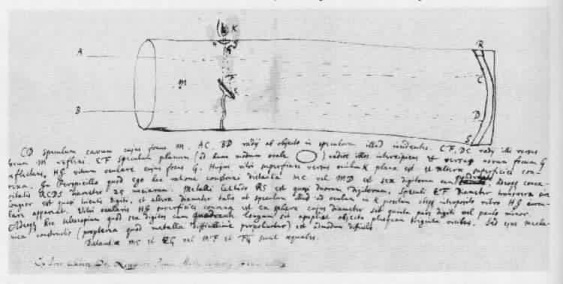
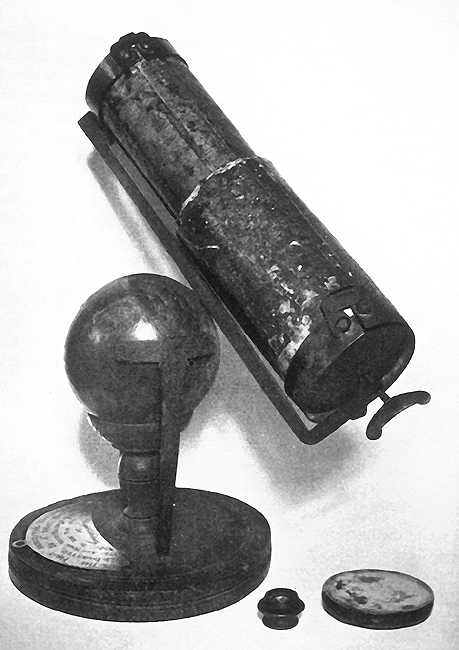
Newton's telescope. He extended the power of the Galilean telescope enormously through the use of an additional lens.
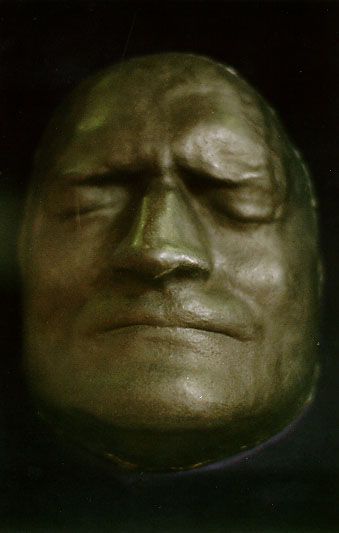
Newton's Death Mask